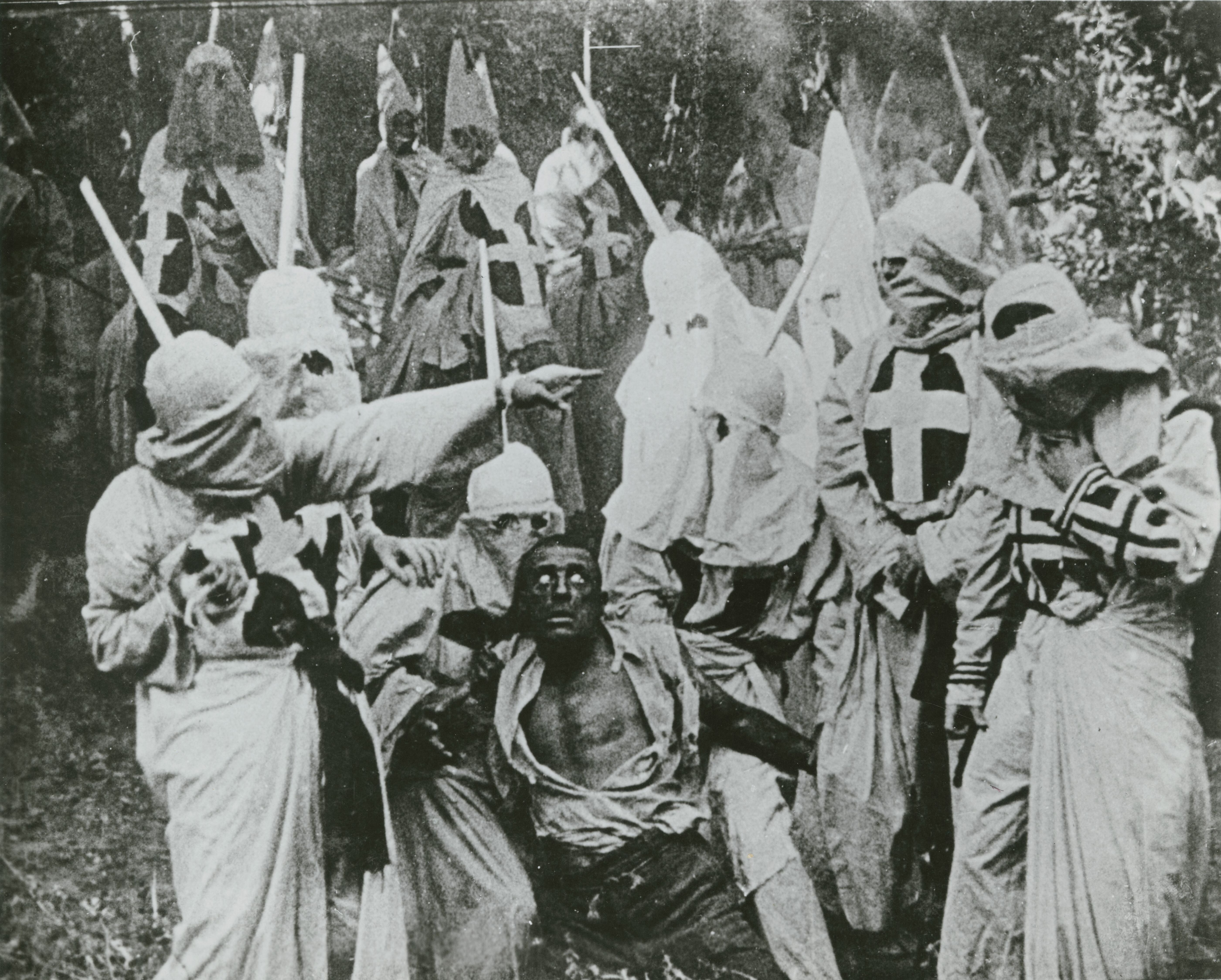| Skills/Subjects: | essay |
http://aapj1102.blogspot.com/2009/10/interracial-ideas-in-film.html
 One of the major pre-1960s cinema trends was role segregation, where the film industry considered non-white actors somehow unfit for a particular role solely because of race. Roles non-white actors could, however, manage to land were often confined to minor, static characters having little to no complexity or development. Often, a white actor even played a non-white character in a film. For example, white actor Walter Long, in blackface, played as Gus in Birth of a Nation. This practice allowed filmmakers to circumvent the “Hays Code,” which was the early version of the MPAA’s movie ratings system, that banned miscegenation. Role segregation and use of makeup for blackface, redface, yellowface, etc. allowed filmmakers to be more at ease with filming such a scene.
One of the major pre-1960s cinema trends was role segregation, where the film industry considered non-white actors somehow unfit for a particular role solely because of race. Roles non-white actors could, however, manage to land were often confined to minor, static characters having little to no complexity or development. Often, a white actor even played a non-white character in a film. For example, white actor Walter Long, in blackface, played as Gus in Birth of a Nation. This practice allowed filmmakers to circumvent the “Hays Code,” which was the early version of the MPAA’s movie ratings system, that banned miscegenation. Role segregation and use of makeup for blackface, redface, yellowface, etc. allowed filmmakers to be more at ease with filming such a scene.

Characters who do find actual interracial romance or intimacy were doomed to find their relationship fail or one or both lovers die. In Broken Arrow, a Native American woman and a white man find passion, yet the woman and her tribe is surrounded by white people and murdered; both the woman and the tribe’s chief (a main character) were white actors. In West Side Story, where several Puerto Rican characters were white actors (and this is 1961!), Puerto Rican Maria’s boyfriend kills her white lover Tony. No matter the circumstances, society and its cinema cannot wholly grasp the idea of a “real” interracial relationship. Even in Hitch (2005), Will Smith pointed out that the producers were having trouble deciding whether to cast a white-black or black-black relationship, as they were taboo or not popular, respectively. As a result, the producers decided to hire Cuban actress Eva Mendes.
The horrific depiction of racism via role segregation and the practices as a result of it was acceptable at the time and continued through the twentieth century and was a major contributor to the demonization of miscegenation in society and, frankly, still is.